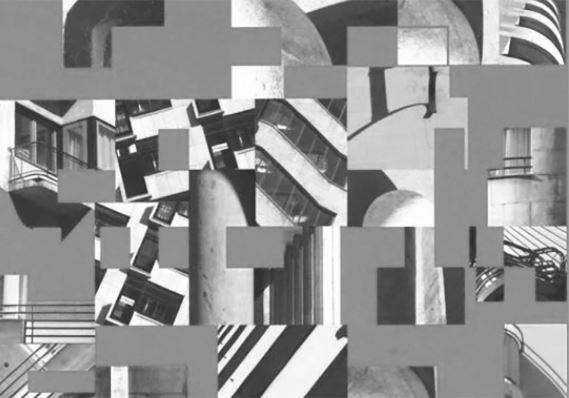szavak mögött : behind words
New publication by the Department for Urban Planning and Design!
Download it here
There are many experimental encyclopaedias, dictionaries and illustrated books on architecture, and this publication aims to add to this body of literature. And yet it is different. It was not written by professionals but is composed of posters created by first-year architecture students right on the verge of adulthood, forming a selection that reaches beyond words. It offers a personal snapshot and analysis of the built and social environment of Hungary. It is not a schoolbook but an architectural scrapbook preserving shared memories.
In 2007 the assignment started with a quotation on “singing buildings” by Paul Valéry and from 2009 each year a few words formed the point of departure for the presentation of buildings and spaces. As they had to pick one word, select a site with which they had a personal connection and present their work in an individual manner without the aid of consultations, for the roughly 250 freshmen enrolled at the Faculty of Architecture of the Budapest University of Technology and Economics, this compulsory assignment was despite the formal constraints an exercise in freedom. In the result architecture is hidden yet visible behind a few words and the posters express individual ideas and feelings. Still as laymen, but already with a mature and committed eye the students comment on specific situations of the fast-changing physical and social environment with which they have evidently become familiar.
The selection starts with posters made in 2007 in response to the Valéry-quote and ends with a series from 2008; in-between there are 88 double pages with the words from the last 10 years arranged in alphabetical order. Behind the primary meaning of the chosen word several tones related to architecture reveal themselves, the presented examples being mostly places where the first-year students lived or encountered important experiences. Besides the chosen word, the year of presentation is also relevant (as knowing the examples enables a straightforward understanding of the social or economic circumstances behind the change or its lack), as is the physical site (identifiable by the georeferenced coordinates shown in the sidebar).
The students created excellent posters, and I am thankful for their fastidious, honest and thought-provoking work. In the publication each word was given two pages thus it contains only 5-8 % of the delivered posters. A selection can never be fully justified, the more complicated words (like fractal, matrix or nomad) stimulated only a few projects, while the seemingly easier ones (e.g. memory, pine, partner) inspired more of them. Furthermore, the diversity of the examples and avoiding the repetition of the sites were also important criteria in the selection.
This book is a delightful read not only for the authors of the posters but also for fellow students, past and present, as well as those familiar with the individual examples, the authors and architectural education at BME. And also for those who use architecture “poetically”.
Melinda Benkő / course leader

